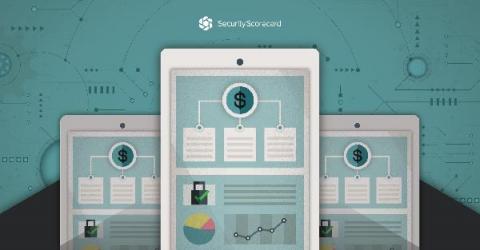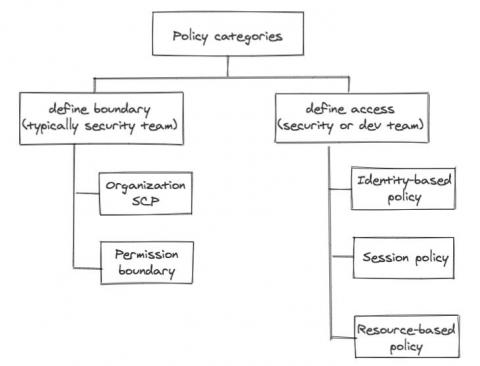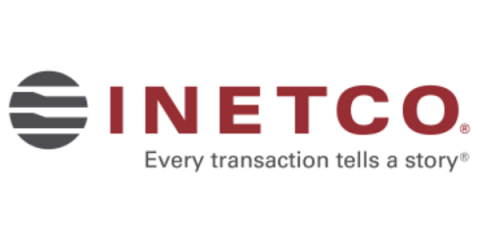Automate remediation of threats detected by Datadog Security Monitoring
When it comes to security threats, a few minutes additional response time can make the difference between a minor nuisance and a major problem. Datadog Security Monitoring enables you to easily triage and alert on threats as they occur. In this post, we’ll look at how you can use Datadog’s webhooks integration to automate responses to common threats Datadog might detect across your environments.










